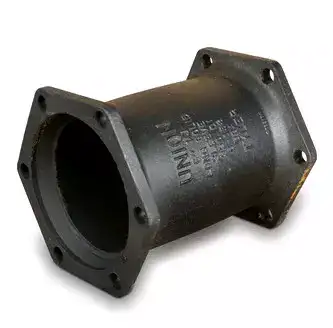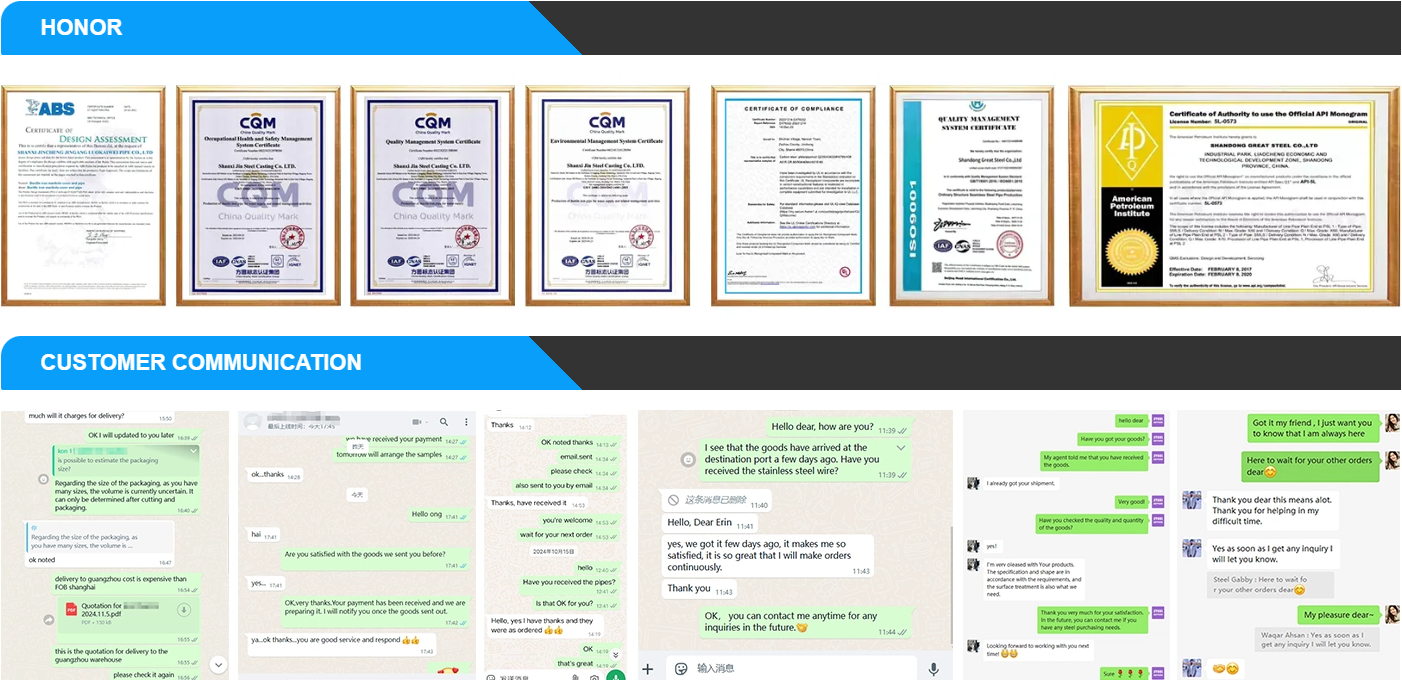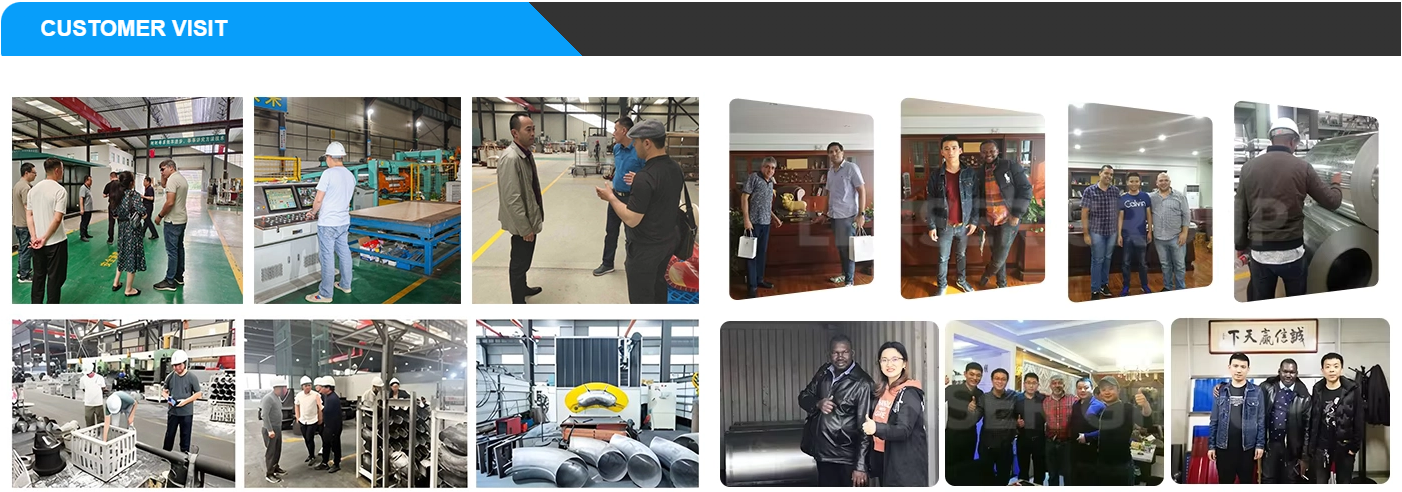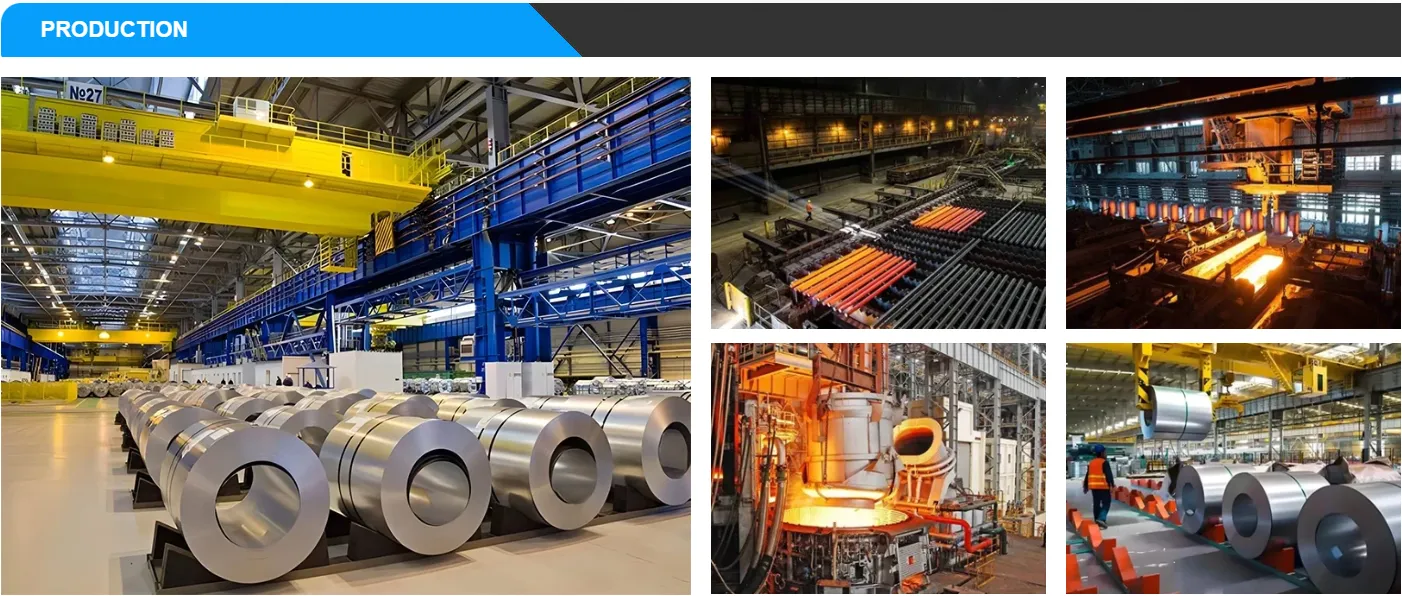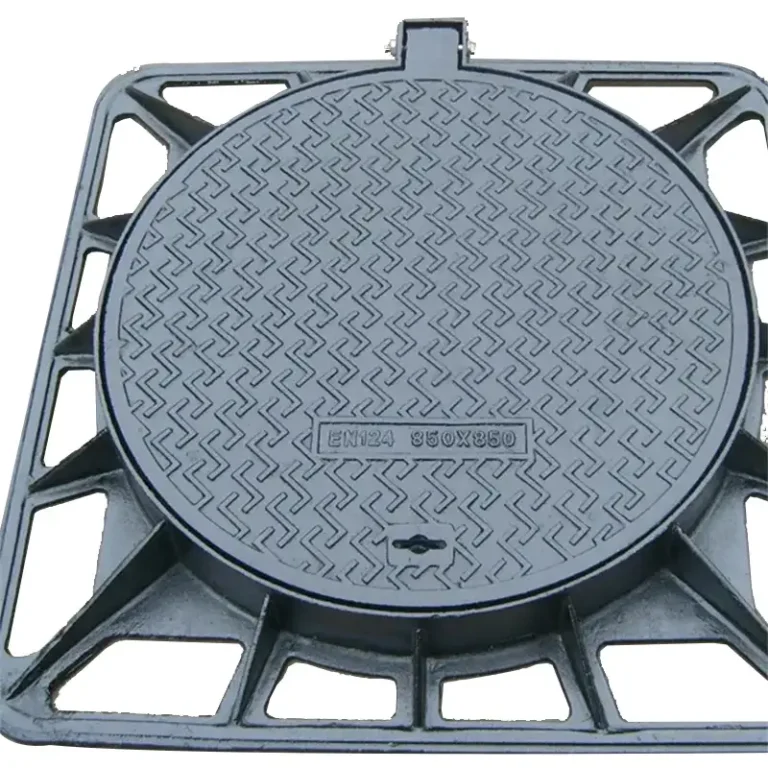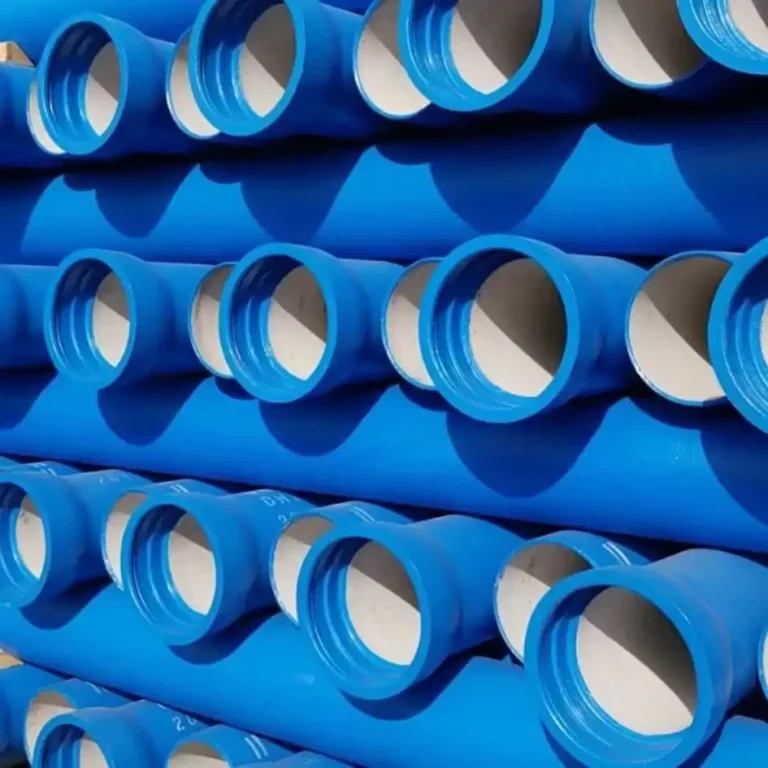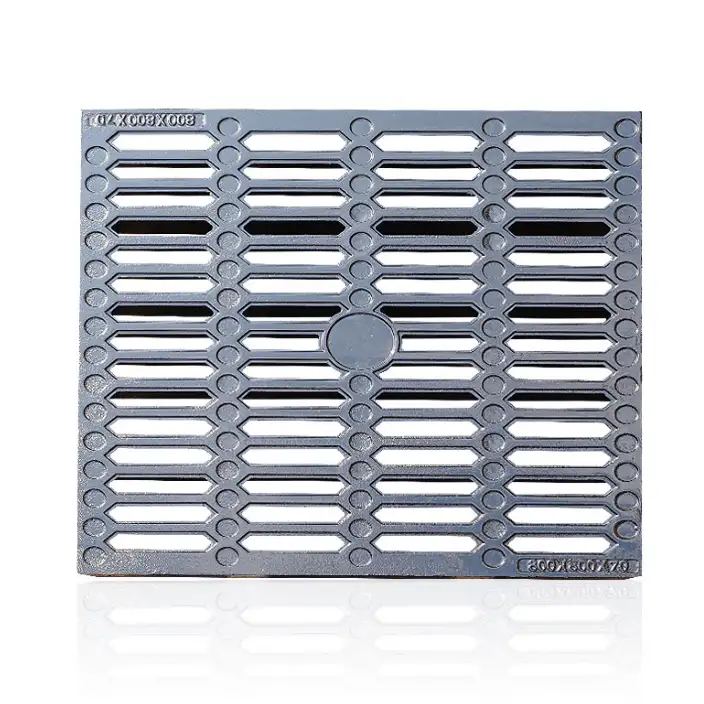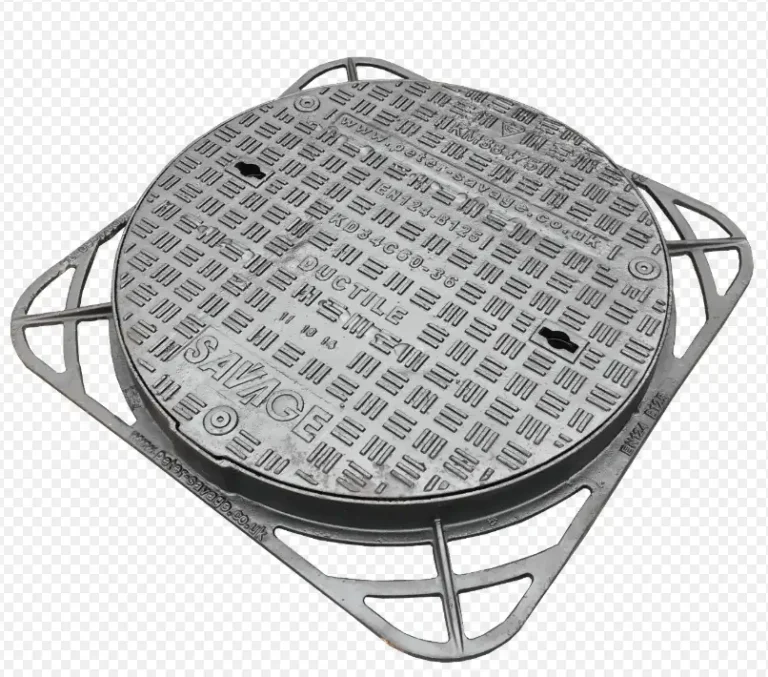Ductile iron sleeves are critical components in modern piping systems, offering enhanced strength, flexibility, and durability compared to traditional materials. Their ability to withstand various stresses and environmental conditions makes them indispensable in infrastructure projects worldwide.
Material Composition and Manufacturing Process
Material Composition
Ductile iron, also known as nodular cast iron, is primarily composed of iron, carbon (3.4–4.0%), and silicon (1.8–2.8%). The key differentiator is the addition of small amounts of magnesium, which causes the graphite to form as spherical nodules, enhancing the material’s ductility and toughness.
Manufacturing Process
The production of ductile iron sleeves involves several steps:
-
Melting: High-quality scrap iron is melted in an induction furnace.
-
Alloying: Magnesium is added to the molten iron to achieve the desired chemical composition.
-
Casting: The molten metal is poured into molds to form the sleeve shape.
-
Heat Treatment: The castings are heat-treated to achieve the desired mechanical properties.
-
Machining: Final dimensions are achieved through machining processes.
Mechanical Properties
Ductile iron sleeves exhibit superior mechanical properties:
-
Tensile Strength: 400–900 MPa
-
Yield Strength: 250–600 MPa
-
Elongation at Break: 7–18%
-
Hardness (Brinell): 170–250 HB
-
Impact Resistance: High
These properties make ductile iron sleeves suitable for applications subjected to dynamic loads and stresses.
Corrosion Resistance and Longevity
Ductile iron sleeves offer enhanced corrosion resistance, especially when coated or lined with protective materials. Their uniform microstructure contributes to more consistent performance over time, making them a preferred choice for underground and marine applications.
Thermal and Acoustic Properties
Thermal Conductivity
Ductile iron exhibits moderate thermal conductivity, making it suitable for applications requiring heat dissipation.
Acoustic Damping
The material’s composition provides excellent vibration damping properties, reducing noise and enhancing comfort in applications like engine components and machine bases.
Applications in Various Industries
Ductile iron sleeves are utilized across various sectors:
-
Water and Wastewater Systems: Connecting pipes in municipal water distribution networks.
-
Oil and Gas: Providing secure connections in pipelines.
-
Construction: Serving as protective sleeves in structural applications.
-
Automotive: Used in engine components for enhanced performance.
Installation and Maintenance Practices
Proper installation and regular maintenance are crucial for ensuring the longevity of ductile iron sleeves:
-
Installation: Ensure proper alignment and secure fastening to prevent leaks.
-
Maintenance: Regular inspection for signs of wear or corrosion; prompt replacement of damaged components.
Cost Analysis and Economic Implications
| Aspect | Ductile Iron Sleeves | Traditional Materials |
|---|---|---|
| Material Cost | Higher | Lower |
| Installation Cost | Moderate | Higher |
| Maintenance Cost | Lower over time | Higher over time |
| Lifespan | Longer | Shorter |
While ductile iron sleeves have a higher initial cost, their durability and lower maintenance requirements can result in cost savings over the long term.
Environmental Impact and Sustainability
Ductile iron sleeves are recyclable, contributing to sustainability efforts in manufacturing. Their longer lifespan reduces the frequency of replacements, conserving resources and minimizing environmental impact.
Innovations and Future Trends
Advancements in coating technologies and materials science continue to improve the performance and longevity of ductile iron sleeves. Innovations include:
-
Enhanced Coatings: Development of more durable and corrosion-resistant coatings.
-
Composite Materials: Integration of composite materials to reduce weight and enhance strength.
-
Smart Sensors: Incorporation of sensors for real-time monitoring of sleeve conditions.
Frequently Asked Questions (FAQs)
1. What are ductile iron sleeves?
Ductile iron sleeves are cylindrical fittings made from ductile iron, designed to connect or repair sections of piping systems. They offer enhanced strength and flexibility compared to traditional materials.
2. Why are ductile iron sleeves preferred over traditional materials?
Ductile iron sleeves provide superior mechanical properties, corrosion resistance, and longevity, making them suitable for demanding applications in various industries.
3. How are ductile iron sleeves manufactured?
The manufacturing process involves melting high-quality scrap iron, alloying with magnesium, casting into molds, heat treating, and machining to achieve the desired dimensions.
4. What industries utilize ductile iron sleeves?
Ductile iron sleeves are used in water and wastewater systems, oil and gas pipelines, construction, and automotive industries for their durability and performance.
5. Are ductile iron sleeves cost-effective?
While they have a higher initial cost, ductile iron sleeves offer lower maintenance costs and longer lifespans, resulting in cost savings over time.
6. What are the environmental benefits of ductile iron sleeves?
Ductile iron sleeves are recyclable and have a longer lifespan, reducing the frequency of replacements and conserving resources, thereby minimizing environmental impact.
